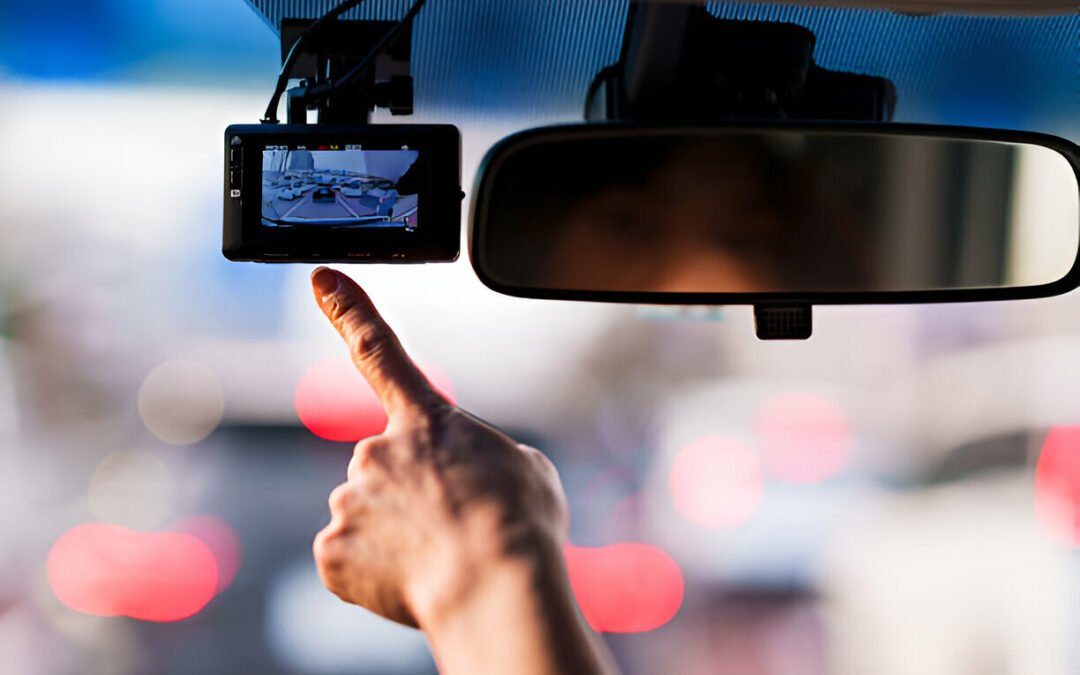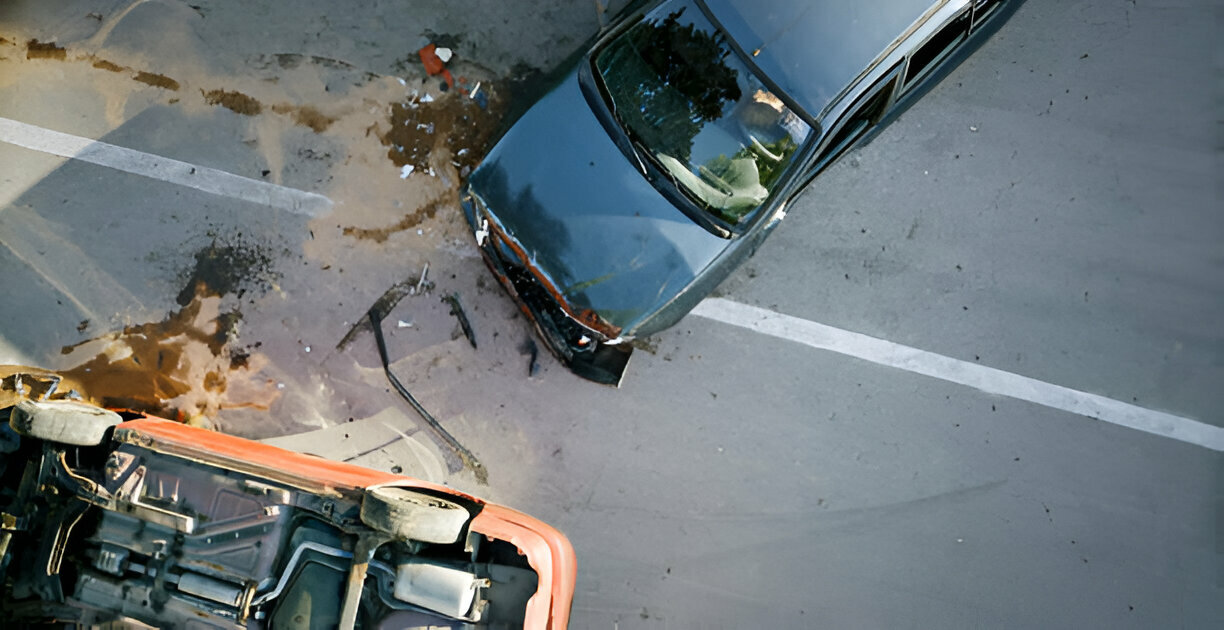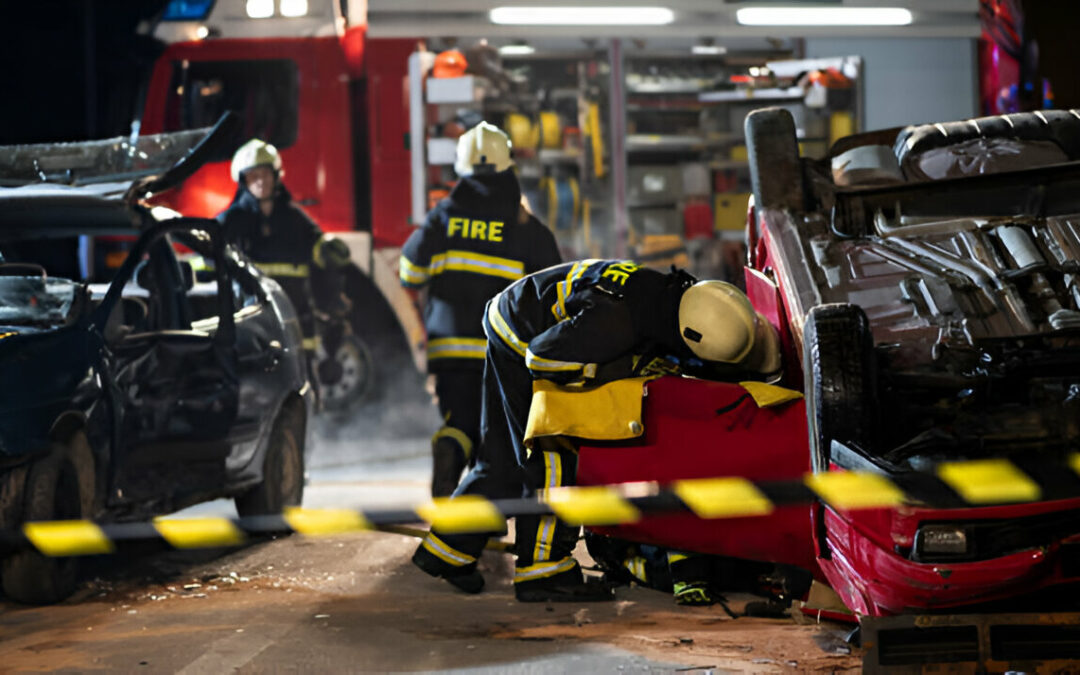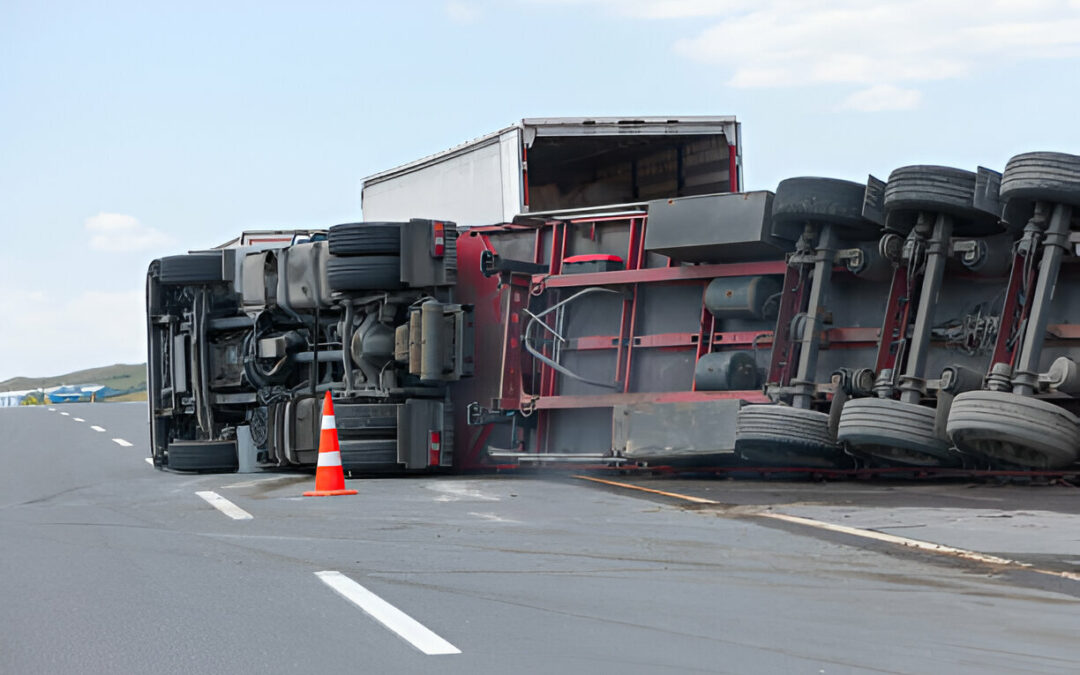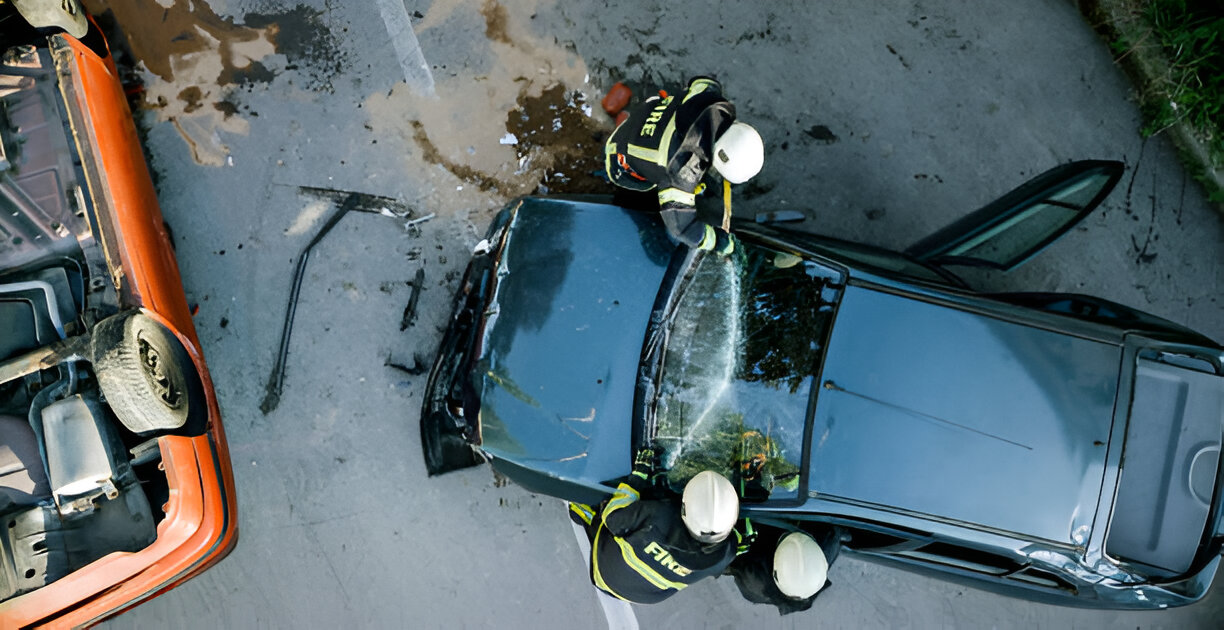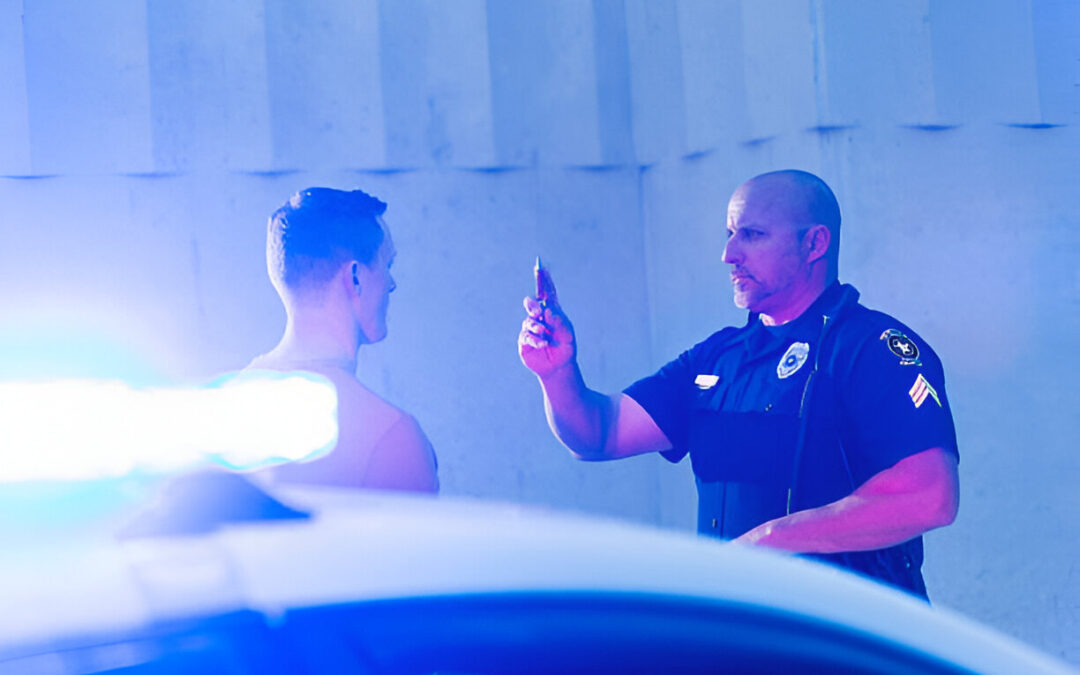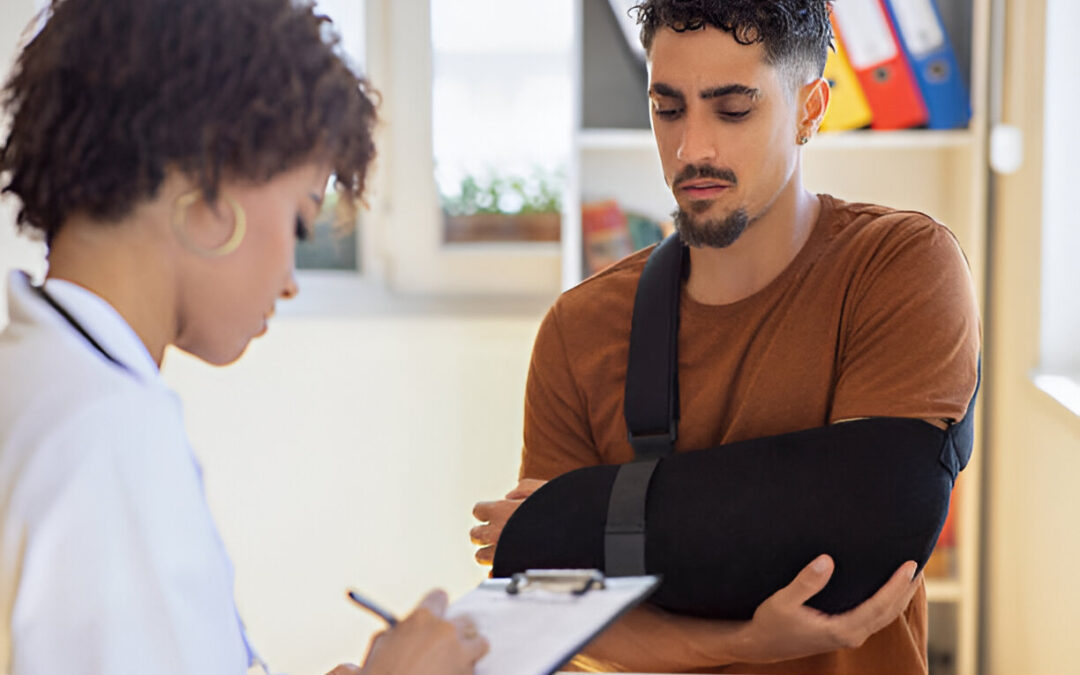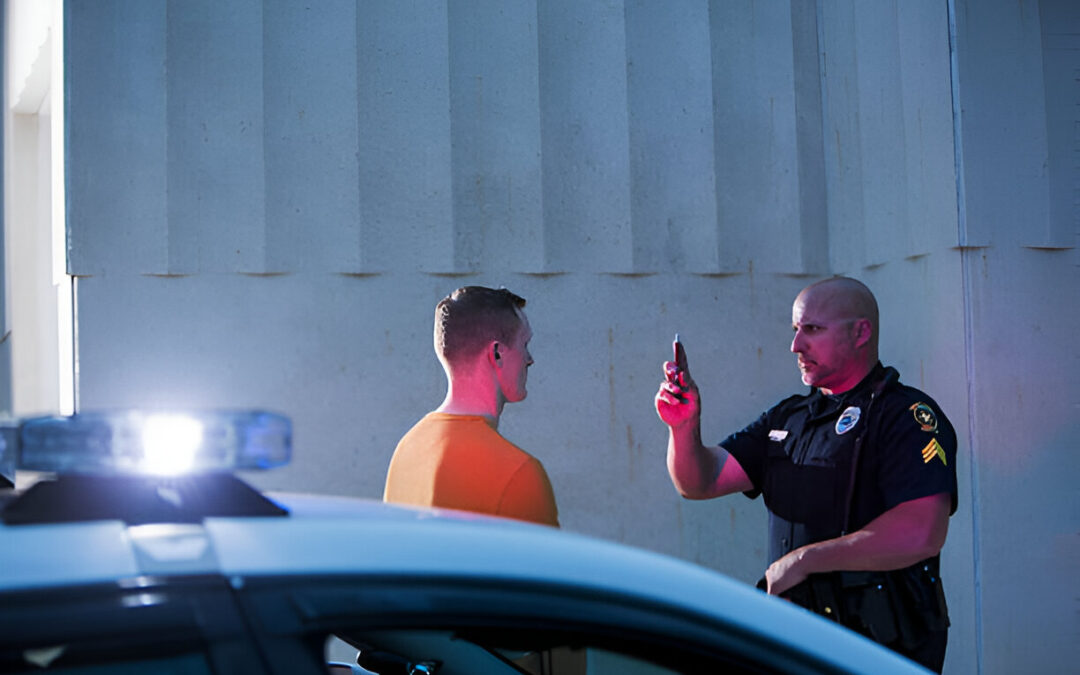Driving can be stressful, especially when navigating intersections with multiple stop signs. One of the trickiest intersections to manage is the 4-way stop. Understanding who has the right of way at a 4-way stop is crucial to ensure safe and efficient traffic flow. In this blog, we’ll break down the basics of a 4-way stop, outline the rules, and clarify who gets to go first in various situations.
What is a 4-Way Stop?
A 4-way or all-way stop is an intersection where each connected road has a stop sign. These stop signs often have an additional sign underneath indicating “4-way” or “all-way.” This setup is designed to manage traffic flow and reduce the risk of collisions at intersections.
Failing to stop at stop signs results in hundreds of thousands of accidents yearly, causing thousands of fatalities and millions of injuries. Injured persons may spend weeks or months recovering from severe injuries, and some suffer permanent injuries. Four-way stops can reduce the number of accidents at an intersection. Municipalities often install four-way stops at intersections with high collision rates or intersections involving minor highways. It’s also common to find four-way stops at intersections with reduced visibility.
What are the Rules of a 4-Way Stop?
Navigating a 4-way stop requires all drivers to adhere to specific rules to ensure safety and efficiency. Every driver approaching a 4-way stop must come to a complete stop at the stop sign; rolling stops, where drivers slow down but do not stop entirely, are illegal and dangerous. The driver with the right of way can proceed first, so drivers must yield to the appropriate driver and wait their turn to pass through the intersection. Generally, the driver who arrives first at the intersection has the right of way.
If multiple vehicles arrive simultaneously, the right of way rules determine the order of passage. In such cases, the rule of thumb is to yield to the vehicle on your right, ensuring smooth traffic flow. Drivers should use turn signals to indicate their intentions clearly, helping other drivers understand who is going straight, turning left, or turning right, thus reducing confusion and potential accidents. Additionally, being alert and prepared to stop for pedestrians is crucial for maintaining safety at 4-way stops.
Who Has the Right of Way at a 4-Way Stop?
The priority at a 4-way stop can change based on the circumstances. These are the typical situations:
When a single vehicle comes to a stop initially
You have the right of way if you are the first vehicle to reach the intersection. Regardless of whether other cars are turning or continuing straight, the initial vehicle that arrives and comes to a complete stop has the right of way. You have the right of way over other drivers.
When several vehicles arrive at the same time
When two or three vehicles arrive simultaneously, giving the right of way to the car on your right is customary. This is the way it operates:
- Two Cars: When two vehicles reach a stop sign simultaneously, the driver to the right has the right of way.
- Three Cars: When three cars reach an intersection simultaneously, each driver must give the right of way to the car on their right. This rule guarantees smooth traffic flow and lowers the chances of accidents.
When several vehicles can move at the same time
There are situations where more than one vehicle can proceed through the intersection at the same time:
Going Straight: If the first vehicle at the intersection goes straight and another vehicle directly opposite goes straight, both vehicles can pass through the intersection simultaneously.
Turning Right: If two or more vehicles are all turning right, they can proceed cautiously and pass through the intersection together.
Straight and Right Turn: A vehicle going straight and turning right from opposite directions can also go simultaneously, provided they won’t cross each other’s paths.
In these situations, drivers must stay alert and look out for other drivers entering the intersection to prevent accidents. It’s better to wait until you are certain you have the right of way if you need clarification.
More: What to Do When Your Car Insurance Claim Gets Denied in Florida?
Car Accident at a Stop Sign? Call Pacin Levine
Navigating a 4-way stop can be tricky, and despite knowing who has right of way at a 4-way stop and following the rules, accidents can still happen. If you are involved in a car accident at a stop sign, you should seek legal assistance to protect your rights and receive the compensation you deserve. At Pacin Levine, P.A., our experienced lawyers are dedicated to offering steadfast assistance and legal advocacy to individuals residing in Florida. Whether you need help understanding your legal options or pursuing a claim, we’re here to support you. Contact us at 1-800-24-7-CRASH (2727) to review your situation and consider your legal choices.



